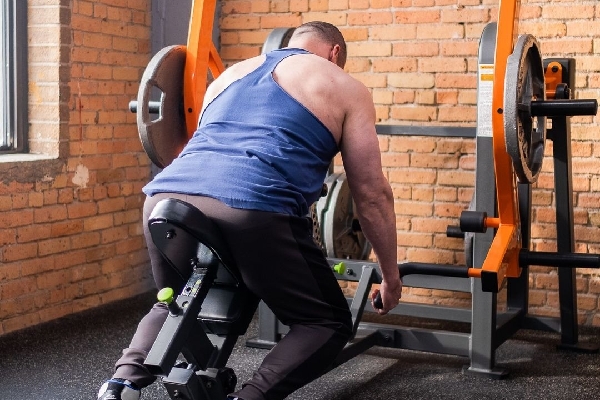3 Types of Stretching All Lifters Should Use
Lifting weights, performing cardio, being active, and living the lifestyle typically fill up our already busy schedules when a significant amount of emphasis and importance is placed upon these tasks. We get so caught up in how we look and how strong we are as lifters, that we tend to neglect other important areas of our physiques and our structures. One such area that is notoriously neglected by a number of people who regularly train is flexibility and their lack of stretching within their routines. The range by which your muscles can lengthen and subsequently shorten has much to do with muscle and joint flexibility and being supple plays a significant role in the health of your structure. So, in saying that, why is it so often forgotten about? Well, everyone’s answer to that is going to be different but if you are someone who has identified themselves as a person who needs more stretching in their lives, try any or all of the three types of stretches you can perform to not only create a healthier body but also to improve performance and pumps when in the gym.
Static Stretching
The most common form of stretching, and also the easiest to perform, is the static stretch. What this entails is simple; extend at the closest joint to where your target muscle sits on your body, lengthen the muscle until you feel uncomfortable in that area (a little bit of pain) and then hold it in that position for a minimum of 15-30 seconds. If you can handle more than that, go for longer. Once your time is up, release, relax, recover and then repeat. What you should notice each time you complete a designated time of stretch, is an increase in flexibility and a good rush of fresh blood into the area warming it up and providing a little bit of a pump at the same time. This may alleviate any discomfort you’ve been having in a particular area and provide you with a new-found freedom of movement.
Ballistic Stretching
Second to static stretching, and in a logical sequence of difficulty, would be the ballistic stretch. Now, years ago, this was the first and preferred method of stretching by many coaches and athletes as it provided the biggest return on effort in the quickest amount of time. It also provided a laundry list of unintentional soft tissue injuries as muscles and joints were being asked to extend further than what they were prepared to do while under pressure. So, what is ballistic stretching? Well, ballistic stretching involves the exact same initial process as static stretching, however, once you get to that uncomfortable position, instead of holding the position you apply a “bounce” or add pressure/resistance on and off all while forcing the joint or muscle to lengthen. It’s ballistic in nature in that you are applying direct force to an area over and over again, with more and more intent, until you reach the desired lengthened position. It’s very effective when done properly but highly dangerous if not fully warmed up prior to engaging.
PNF (Proprioceptive Neuromuscular Facilitation) Stretching
This highly advanced form of stretching is definitely the most rewarding of all stretches, as it pertains to immediate results, however, it can be highly dangerous to execute if not properly utilized. PNF stretching involves taking a joint or muscle and lengthening it to its max (most uncomfortable position). Then, once in that position, counter-resistance is applied to the target area as a means of lengthening muscle fibers while under tension and duress. Here’s how it can work. Let’s assume you want to increase flexibility in your hamstrings (a common problem area). What you would do is lie down on your back and raise one leg up with your foot to the sky and with the assistance of someone else, push your straightened leg back towards your head until it gets uncomfortable. Then once in that position, you would push your heel against the resistance of the person pushing your leg back almost as if you were going to complete a hamstring curl. The person holding your foot doesn’t allow you to move out of the already lengthened position for a prescribed amount of time and then releases and you relax. What you will immediately see is that when beginning the second set of this, your starting point will be much greater than it was initially and as a result, you are considerably more flexible right away.
Now, the question remains; which one is best for you? Well, you won’t know until you try them all. Personally, utilizing static stretching should be done in combination with a dynamic warm-up so that you can maximize its effectiveness. Ballistic stretching fits very well within workouts and in between sets where there’s already lots of fresh blood in the target muscle making it more supple and better prepared to handle a forced stretch. Finally, PNF stretching can be used for performance, rehab, or for improved mobility purposes. Either way, it’s very effective and will significantly improve your flexibility. Whatever one you decide to go with (or go with them all) the main goal should simply be to keep stretching in your programs for all of the benefits that come along with this practice. You’ll see a difference in your training and in your recovery and saying that, is no stretch at all.
Author: Dana Bushell
Gym Star Team Member





